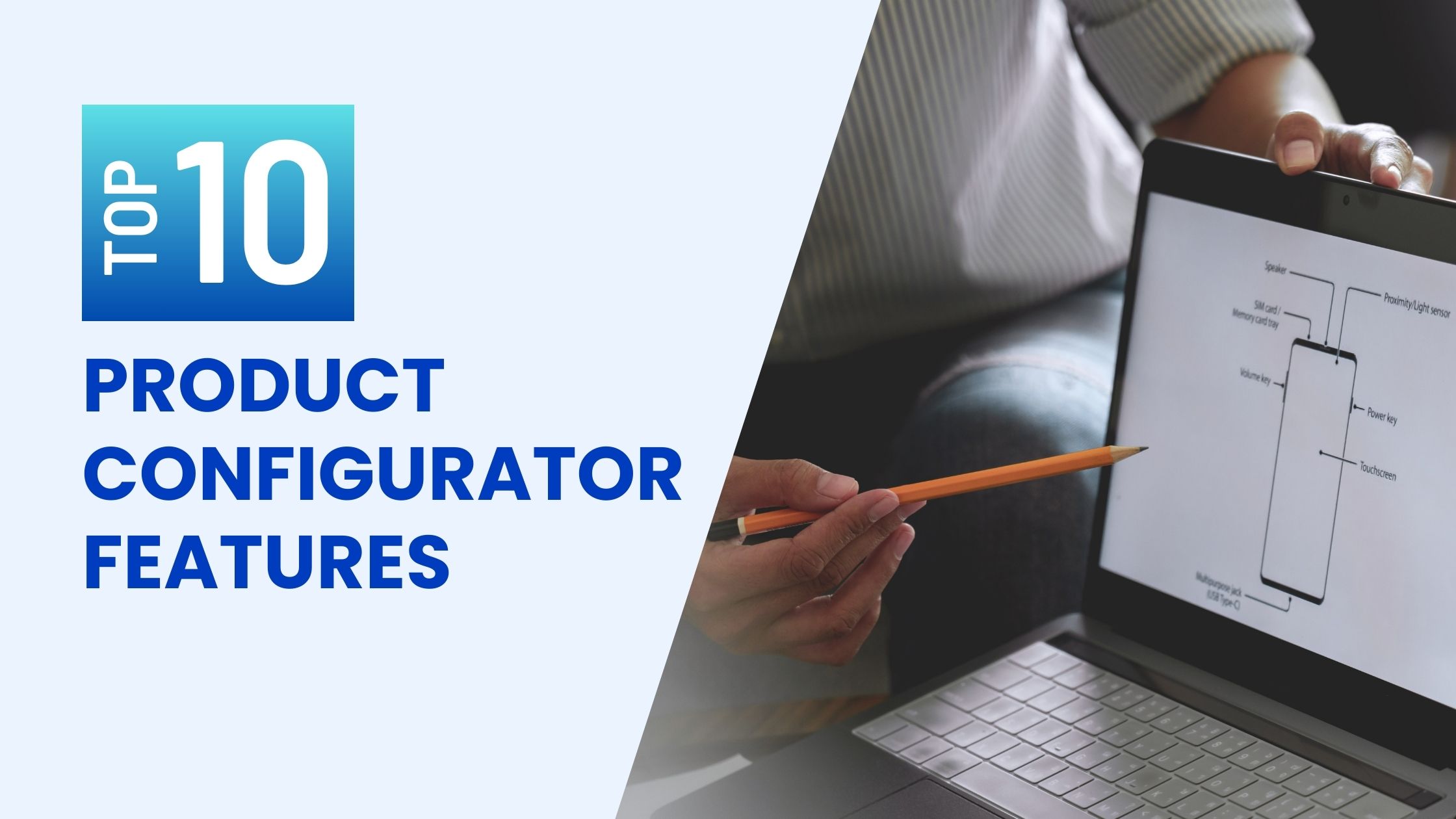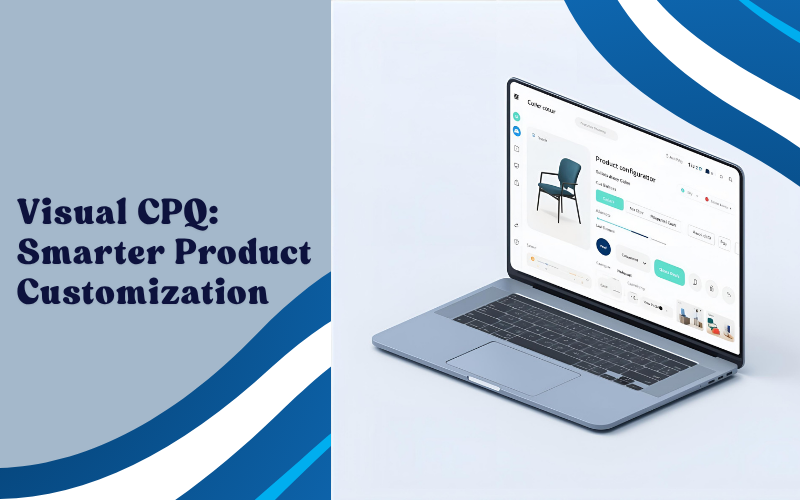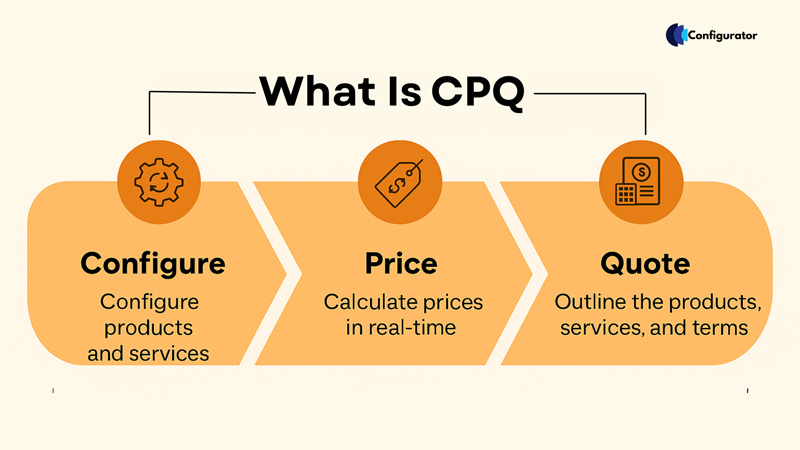In today’s world, customers expect products that fit their personal needs. As a result, many businesses in retail and manufacturing are using product configurator software. This software helps them create personalized experiences, improve their operations, and keep customers happy.
Not all product configurators are the same. To make the most of the benefits they offer, you need to have the right features.
In this blog, we will look at the top 10 Product Configurator Features every business should have in a product configurator. Whether you are using a simple WooCommerce configurator, building a 2D product configurator, or using the powerful WP Configurator on your website, these features are essential.
What is a Product Configurator?
A product configurator is an interactive tool that allows customers to customize a product based on predefined options like color, size, material, accessories, and more. From designing a pair of sneakers to configuring industrial machines, these tools help customers visualize and personalize their purchases in real-time.
Whether it’s a WooCommerce product configurator or a sophisticated enterprise-level solution, the core goal remains the same: making customization intuitive, visual, and scalable.
Top 10 Product Configurator Features for Businesses
Here’s a breakdown of the top 10 product configurator features your business needs:
1. Easy Conditional Logic:
You can customize products in real-time based on customer selections, which ensures a personalized outcome. This feature allows for immediate adaptation of your offerings, providing customers with a truly tailored experience.
3. Visual Configurations:
The product can be visualized in real-time within Business Central as various options and configurations are developed. This interactive method enhances accuracy and simplifies the configuration process, making it more efficient for users.
Want to know more : Visual Configurator
3. Automated Production Updates:
Automatically adjusting production plans according to selected configurations enhances manufacturing efficiency. This approach minimizes the need for manual adjustments, thus saving time and reducing the likelihood of errors in the process.
4. Instant Inventory Checks:
It’s important to quickly verify the availability of necessary components for any configuration to minimize lead times. This prompt verification process provides immediate feedback, contributing to more efficient operations and enhancing customer satisfaction.
5. Dynamic Pricing Adjustments:
Implement dynamic pricing strategies tailored to individual customer agreements or volume discounts, guaranteeing precise and effortless pricing that adapts to the unique needs of each client.
6. Flexible Post-Sale Edits:
It is one of the important Product Configurator Features. Sales teams have the capability to adjust configurations post-sale, offering exceptional flexibility to meet last-minute customer requests seamlessly and without complications. This approach ensures customer satisfaction by allowing for personalized modifications even after the transaction is complete.
7. Quick-Use Configuration Templates:
Utilizing configuration templates can significantly streamline the repeat order process. By implementing these templates, businesses can accelerate the ordering of frequently requested configurations, which ultimately improves operational efficiency and enhances customer satisfaction.
8. User-Friendly Rule Creation:
Design rules play a crucial role in the configuration process by ensuring that only viable product configurations are presented to users. This feature is designed to be intuitive, preventing the selection of incompatible options and thereby enhancing the overall user experience.
9. Accurate Cost and Weight Estimates:
Automatically determining the cost and weight of customized items can streamline the process of obtaining accurate estimates for shipping and budgeting. This approach requires minimal input, ensuring efficiency while delivering precise information.
10. Support for All Item Complexities:
Efficiently handle both simple and complex items with a configurator that can manage thousands of options. This allows your product range to expand freely without being held back by technical constraints.
Conclusion
In 2025 and onwards, shoppers anticipate products customized to their specific requirements—and they want this immediately. This is why incorporating the appropriate features in product configurators is essential for remaining competitive. These tools not only improve user experience through real-time visualization, robust integrations, and mobile optimization—they also unleash significant advantages of product configurators throughout the value chain.
No matter what you’re selling—shoes, sofas, or software—a good configurator can greatly improve your sales process. Are you ready to change how customers customize your products? Contact WP Configurator Now!




